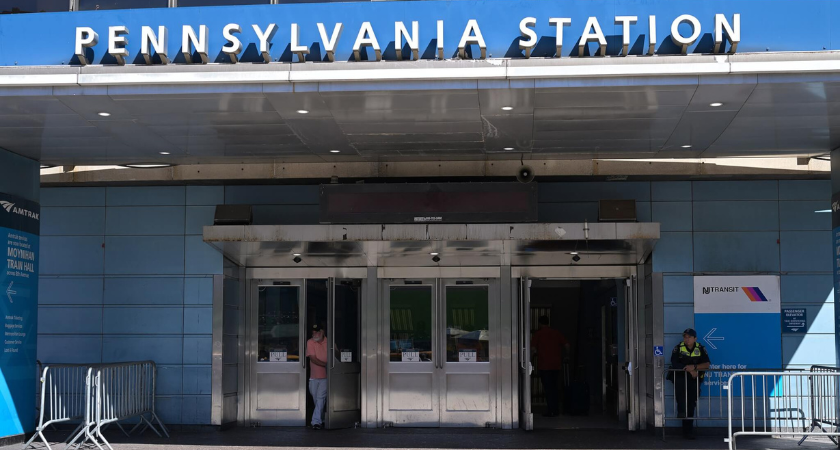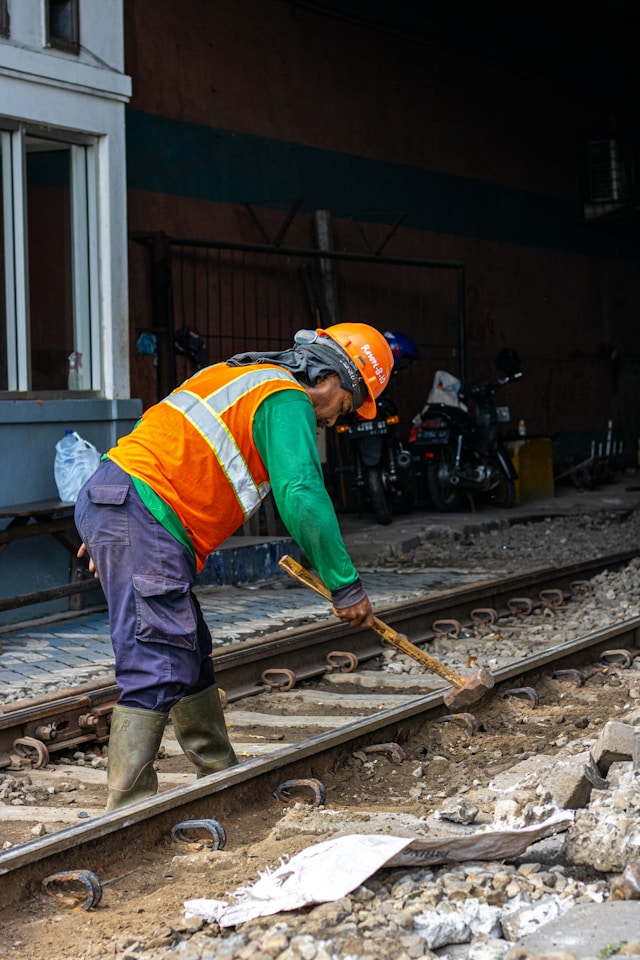
Amtrak is advancing its long-planned overhaul of New York City’s Penn Station — a project officials say will finally bring the nation’s busiest rail hub into the 21st century. During a detailed briefing on October 30, Amtrak Board Special Advisor Andy Byford confirmed that the “Transformation Project” remains on track to begin construction by the end of 2027.
The latest milestone includes three major actions: selecting a master development partner, engaging advisors to craft a public-private partnership (P3), and launching the long-anticipated Service Optimization Study to evaluate how the redesigned station should operate in the future.

“This will be one of the biggest and most significant construction projects in U.S. history, and we want the most skilled and knowledgeable partners to help make it a success,” Byford said in a press release. “By working with the private sector, we will be working with advisors who focus on the project’s goals while minimizing costs for taxpayers.”
Byford will review letters of interest from firms through early 2026, then shortlist qualified teams and evaluate proposals through next spring. He expects to make a recommendation to the Amtrak Board in May 2026. From there, the plan moves to U.S. Transportation Secretary Sean Duffy and ultimately the White House for final approval.
The August announcement target — “shovels in the ground by the end of 2027” — remains unchanged, he emphasized.
The redevelopment uses a P3 approach similar to recent New York transportation successes such as the LaGuardia Airport modernization, combining:
✔ Public oversight
✔ Private-sector financing
✔ Innovative design and construction expertise
Newly named project advisors include:
A construction-management advisor will be added by year’s end.
A key advancement: the launch of the independent Service Optimization Study — something advocates have urged for years.
The two-part analysis will:
Any decision about whether Platform expansions or Gateway tunnel capacity can be efficiently supported will depend on the study’s final recommendations.
Despite political challenges surrounding the Gateway Project, officials say Penn Station modernization will keep advancing. Byford remains open-minded on controversial topics, including:
He has already met community members around Block 780 and offered assurances about displacement while acknowledging that future developers may seek adjacent opportunities.
Proposals must prioritize:
Financial feasibility will be the most challenging hurdle, he noted.
Once a master developer is in place, moving the design from 10% → 30% completion will take about 18 months, followed by financing approvals before construction begins.

Known by many as “Train Daddy” for his work modernizing transit agencies worldwide — including London and Toronto — Byford acknowledged the complexity but expressed confidence in the mission.
He wouldn’t have taken the job, he said, if he believed this transformation was impossible.
Penn Station currently handles:
Long-standing complaints include:
The revitalization is expected to:
Originally reported by Bill Millard in The Architect's NP.